Acorn butter is a unique and delicious spread that has been gaining popularity in recent years. Made from roasted and ground acorns, this butter has a rich and nutty flavour that is perfect for spreading on toast, using as a dip for fruit, or incorporating into baked goods.
Not only does it taste great, but it is also a healthy alternative to traditional butter as it is low in saturated fat and fibre. You can also choose acorn butter as a sustainable option since you can harvest acorns without harming the trees they come from, and they are widely available.
We will also explore the nutritional benefits of acorn-butter and how to make Acorn-butter recipes. Additionally, we will provide step-by-step instructions on making your acorn-butter at home, including tips on preparing and storing acorns properly.
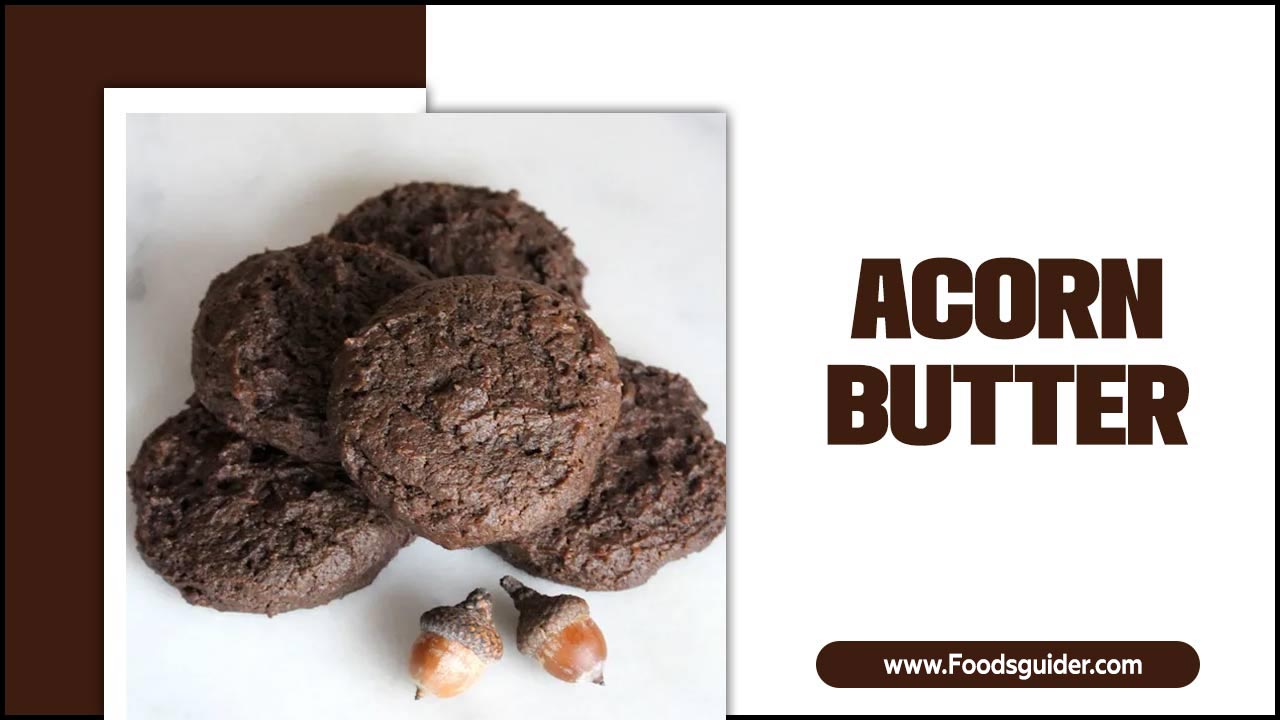
From Forest To Table: Making Acorn Butter At Home
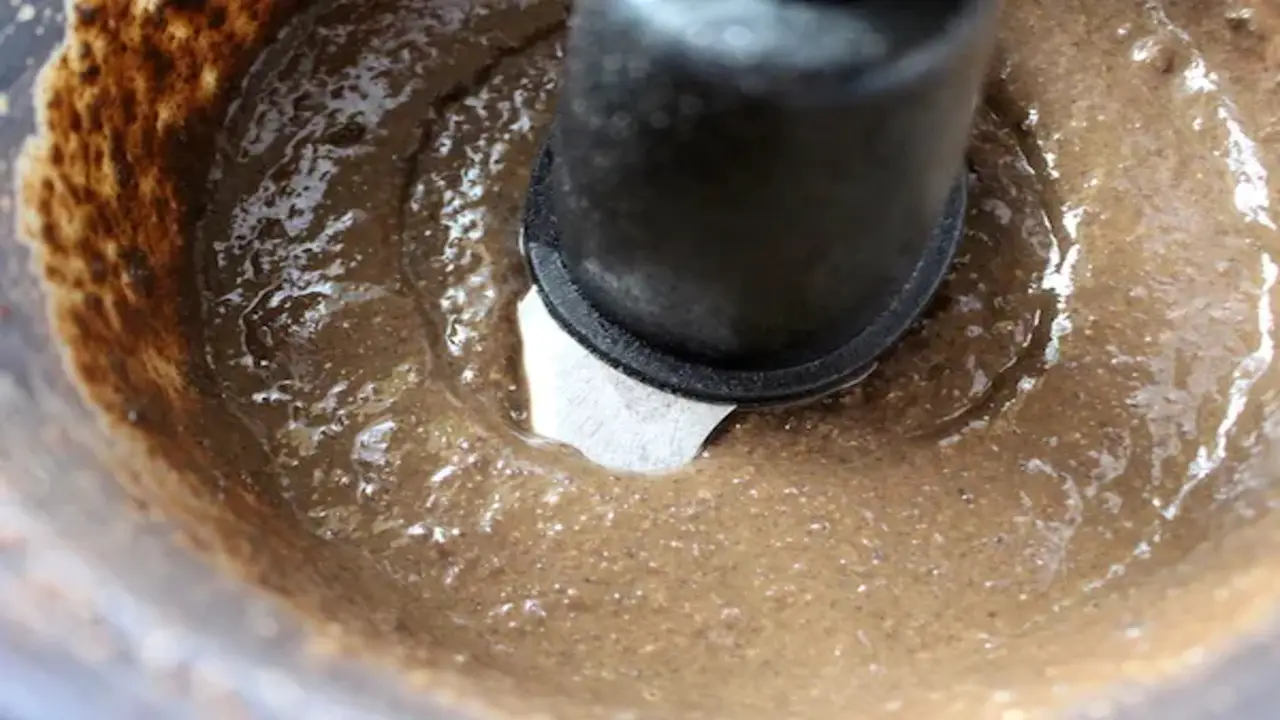
Knowing the making process of acorn butter at home is important for several reasons. Firstly, it allows you to control the ingredients used in the process and ensure they are fresh and of good quality. When making acorn-butter at home, you can source the best acorns and roast them to your desired level of doneness.
Additionally, you can avoid the preservatives and additives often found in store-bought acorn-butter, making it a healthier option. Secondly, making acorn-butter at home is a great way to save money. Store-bought acorn-butter can be quite expensive, but making it at home allows you to cut down on costs significantly. You can also reduce the need to buy acorn-butter frequently by making larger batches at home and storing them for longer.
What Is Acorn-Butter?
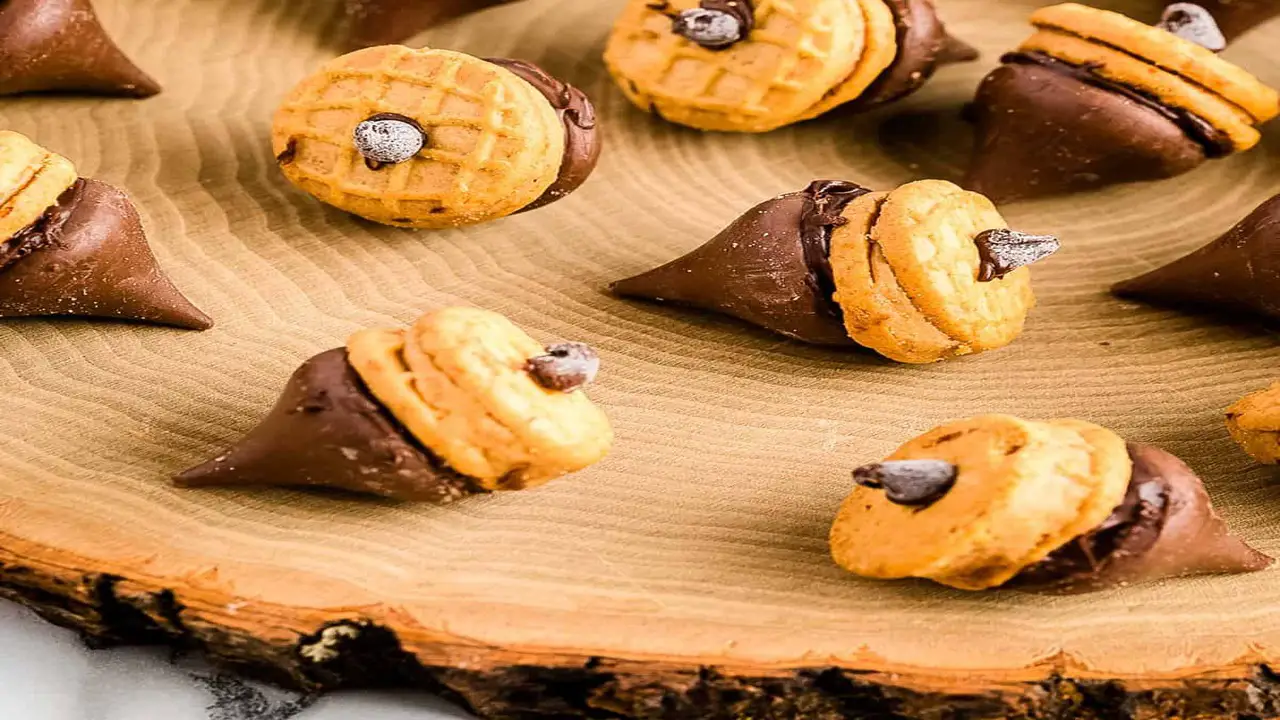
Acorn-butter is a type of nut butter from roasted and ground acorns. Acorns are the nuts of oak trees and have been handy for centuries by Native American tribes as a staple food source. Acorn-butter is a great alternative to traditional nut butter such as peanut or almond butter and has a unique flavor that sets it apart from other spreads.
Making acorn-butter involves collecting and shelling the acorns, then roasting them to remove bitterness and enhance flavour. Once we roast the acorns, we grind them into a fine powder and mix them with oil to create a spreadable consistency. Acorn-butter is high in protein, fibre, and healthy fats, making it a nutritious and delicious addition to any diet.
The Harvesting Process
The harvesting process of acorns is a labor-intensive task that requires patience and skill. After gathering, you must shell, clean, and roast the nuts to remove the bitter tannins. Once the acorns are ready, the next step is to turn them into a creamy and delicious butter that can be handy in various recipes.
Making acorn-butter at home is a fun and rewarding process that allows you to connect with nature and enjoy the fruits of your labour. You will need a food processor or blender to grind the roasted acorns into a fine powder. Then, add a small amount of oil or butter to the mixture and blend until it becomes smooth and creamy.
The Leaching Process
The Leaching Process is a traditional method handy to remove bitter tannins from acorns, making them edible. This process is essential when making Acorn-butter at home. To start, gather fresh acorns that have fallen from the tree and remove the caps. Then, crack the shells and remove the meat. Next, grind the acorn meat into a fine powder using a mortar and pestle or food processor.
Soak this powder in cold water for several hours, or even overnight, to begin the leaching process. You should change the water frequently to remove the tannins. Rinse and dry the acorn powder for several days or until the water clears. Once dried, grind the acorn powder into fine flour to make Acorn-butter.
Drying And Grinding Acorns

Drying and grinding acorns is an age-old practice handy by many cultures worldwide to make acorn-butter. Acorn-butter provides a nutritious spread rich in protein, fibre, and healthy fats, making it an excellent addition to any diet. To make acorn-butter at home, the first step is gathering and drying fresh acorns. Drying the acorns helps to remove any moisture, which could cause mould or spoilage.
You can grind the dry acorns into a fine powder using a food processor, mortar, and pestle. Then, you can mix the acorn powder with water to create a paste, which you can heat over low heat to thicken and create a smooth texture, resulting in acorn-butter. You can use the acorn-butter in various ways, from spreading it on toast to adding it to smoothies and baked goods.
Making Acorn-Butter
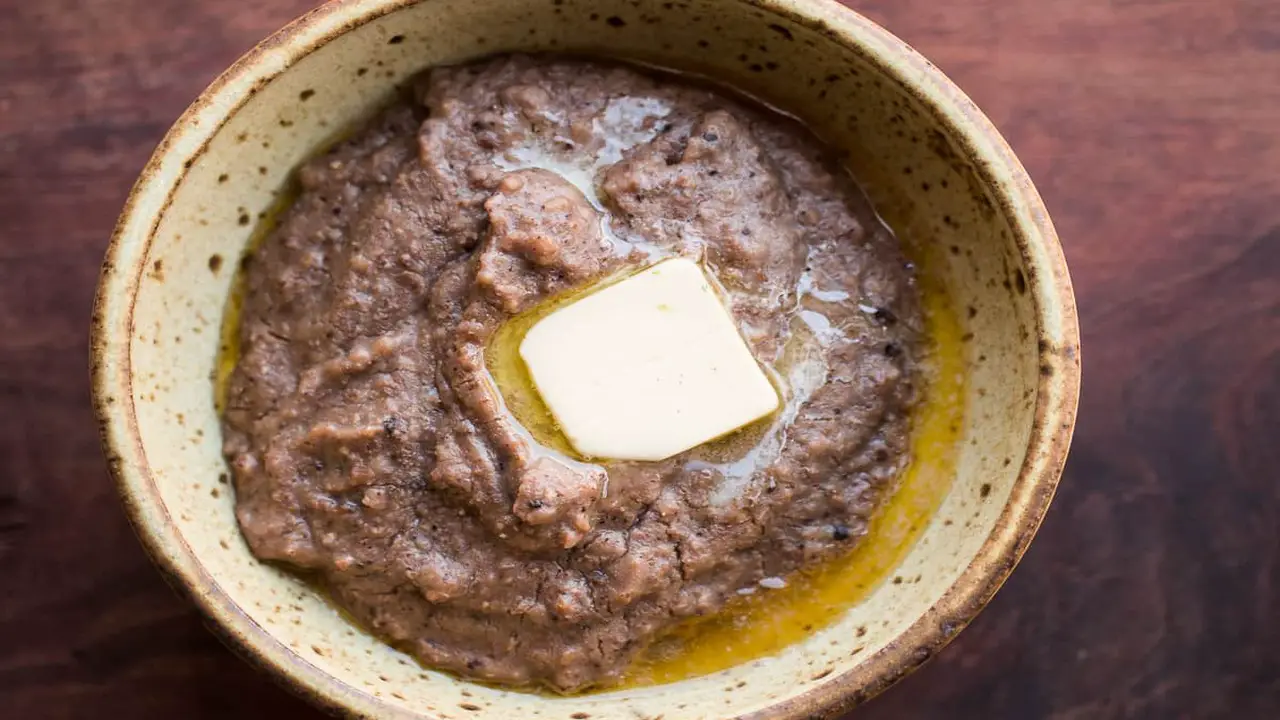
Making acorn-butter is an ancient practice handy by many cultures for centuries. Acorns are nuts that grow on oak trees and have a high nutritional value. However, people do not commonly consume them due to their bitter taste and high tannin content, which can cause gastrointestinal problems. Acorn-butter is an excellent way to extract these nuts’ nutritious properties while making them more palatable.
It is important to know how to make acorn-butter because it can be a great source of protein, fibre, and healthy fats, making it a great addition to a balanced diet. Additionally, having this skill can be valuable in case of emergency situations or during times of limited access to traditional food sources. Knowing how to make acorn-butter can also be a way to connect with nature and honour the traditions of our ancestors.
1.Traditional Method
Making acorn-butter at home can be a rewarding experience, especially when using the traditional method. Harvesting acorns in the fall and processing them into a nutritious and delicious spread is a practice that dates back centuries. To begin, gathering ripe acorns and removing their shells is important. First, grind the nuts into a fine powder using a mortar, pestle, or food processor.
Then, leach the powder to remove the tannins that make the butter bitter. You can do this by placing the powder in a cloth bag and soaking it in water for several hours or overnight, changing it every few hours. Once you have removed the tannins, dry the powder and grind it into a smooth butter. You can store the final product in the refrigerator for up to a month.
2.Modern Method
Making acorn-butter at home has become easier than ever, thanks to modern food processing. Traditionally, acorns had to be hand-ground and leached of their bitter tannins before coming into a paste. However, the process has become faster and more efficient with modern methods. First, collect and dry the acorns in an oven or dehydrator.
Then, grind them into a fine powder using a food processor or blender. Mix the powder with water and let it soak for a few hours to remove the tannins. Strain the mixture through a cheesecloth or nut milk bag to remove any remaining solids. Mix the resulting liquid with oil, salt, and desired flavorings to create a smooth, creamy acorn-butter.
Flavoring And Storage
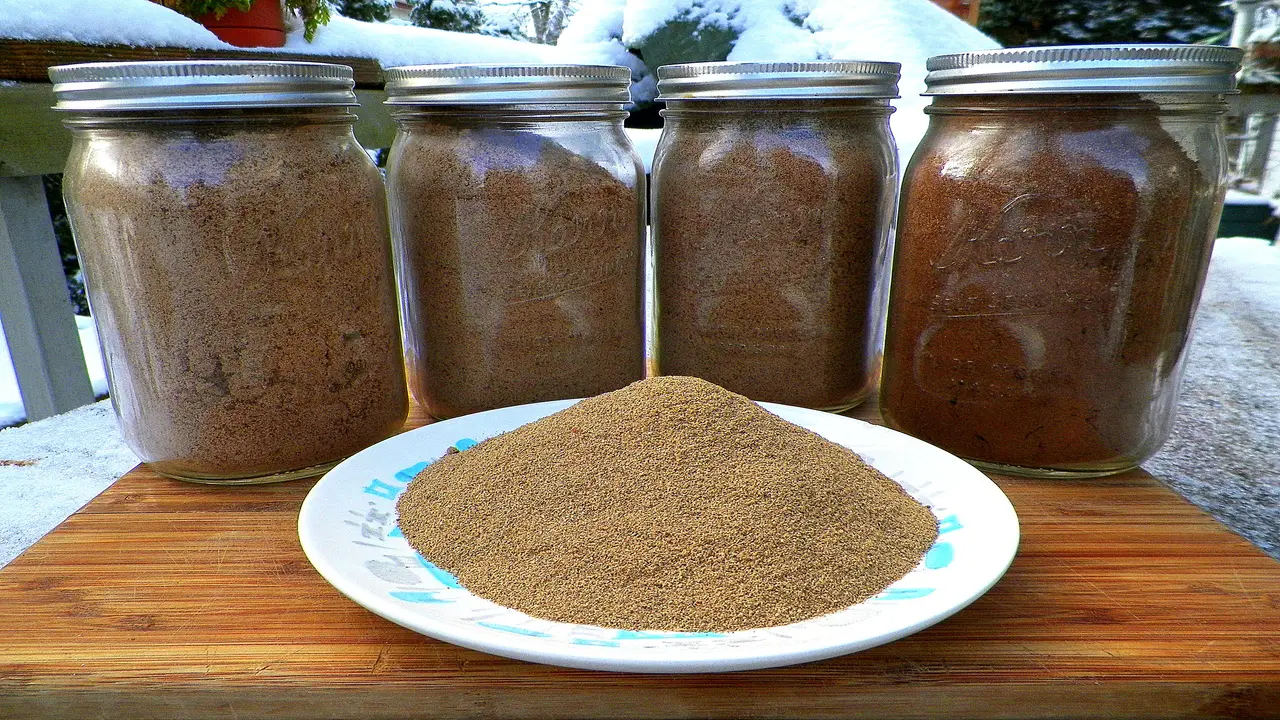
Acorn-butter is a delicious and nutritious alternative to traditional peanut butter or almond butter. Not only is it full of protein and healthy fats, but it also has a unique nutty flavor that is sure to satisfy any palate. When making acorn-butter at home, it’s important to remember the flavorings and storage methods that will help enhance and preserve the delicious taste.
To start, roasting the acorns before grinding them can give the butter a deeper flavor. Adding a pinch of salt, cinnamon, or honey can also add a touch of sweetness to the butter. Experimenting with different flavorings and finding the perfect combination that suits your taste buds is essential.
Nutritional Benefits Of Acorn-Butter
You can easily make acorn-butter at home to enjoy its nutritious and delicious spread. The high levels of fibre in acorn-butter aid digestion, while its low glycemic index makes it an excellent option for those with diabetes. Additionally, acorn-butter is rich in antioxidants, which help protect the body from harmful free radicals.
The healthy fats in acorn-butter make it a satisfying addition to any meal and can be handy in various culinary applications. Making acorn-butter at home is a simple and cost-effective process. Firstly, you must harvest, dry and roast the acorn nuts. Once roasted, you can grind the nuts into smooth butter using a food processor, mortar, and pestle.
Culinary Uses
Acorns have been handy for culinary purposes in various cultures, but most people only associate them with feeding squirrels. However, you can turn acorns into a delicious nutty butter perfect for spreading on toast or adding to recipes. Making acorn-butter at home is a simple process requiring only a few ingredients and patience. First, gather and process the acorns to remove the bitter tannins.
Soak the acorns in water for several days and change the water frequently to achieve this. Once the acorns are no longer bitter, roast them and grind them into a fine powder. Mix the powder with oil until it reaches a smooth and spreadable consistency. The resulting butter has a rich, nutty flavour that pairs well with sweet or savory dishes.
Health And Safety Considerations
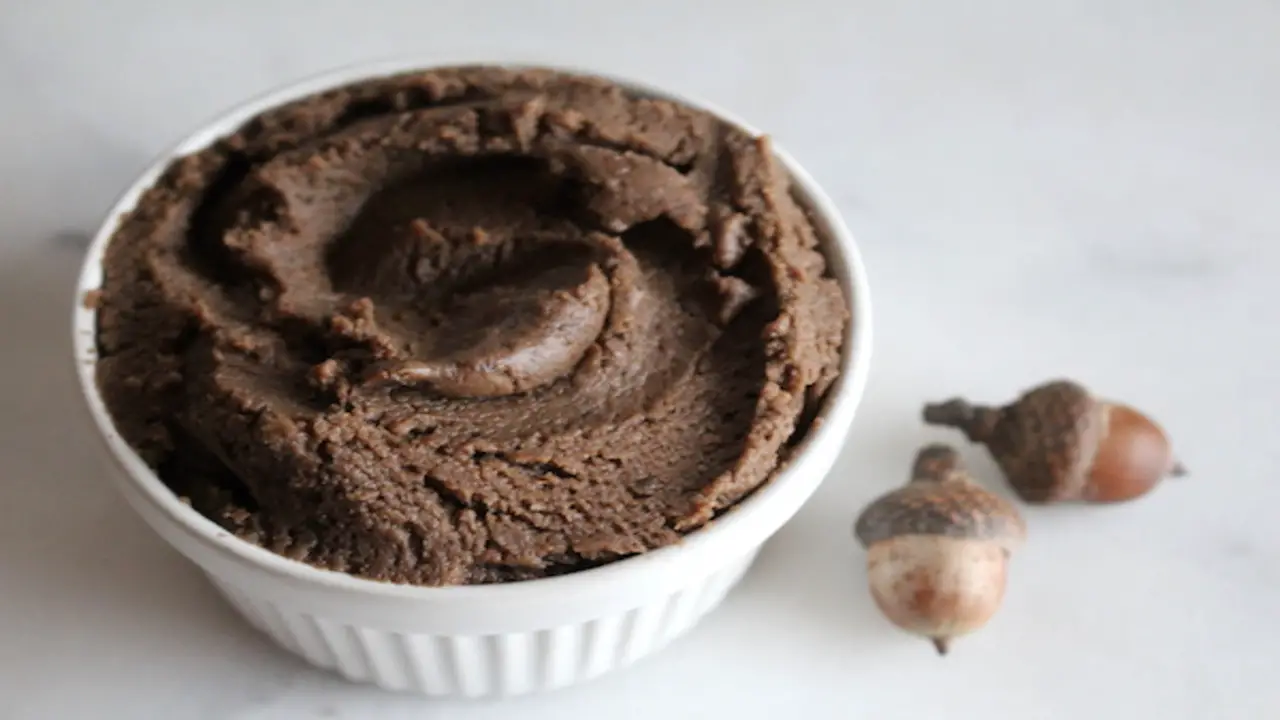
When making acorn-butter at home, several health and safety considerations must be remembered. First and foremost, it’s important to ensure the acorns are adequately prepared before use. This involves removing the outer shell and any bitter tannins that may be present. Failure to do so can result in an unpleasant taste and potential digestive issues.
Additionally, it’s crucial to ensure that all equipment and surfaces are clean and sanitized to prevent the spread of harmful bacteria. Cross-contamination can easily occur when handling raw food products, so washing hands frequently and using separate cutting boards and utensils for different ingredients is essential. Finally, storing the finished product properly is critical to avoid spoilage. Acorn-butter should be kept in an airtight container and refrigerated to maintain freshness.
Acorn-Butter Variations

If you want to add variety to your nut butter collection, why not try making acorn-butter at home? Acorn-butter is a delicious and healthy alternative to traditional nut butter and can be made with various variations to suit your taste buds. Making acorn-butter is simple, but the preparation can be time-consuming.
Begin by collecting fresh acorns and boiling them to remove the tannins. Once boiled, they can be dried and ground into a fine flour-like consistency. From there, you can mix various ingredients to customize the flavor of your acorn-butter. Some popular variations include adding honey for sweetness, cinnamon for a warm spice flavor, or even savory ingredients like garlic and herbs.
Sustainability And Conservation
Sustainability and conservation have become increasingly important topics in today’s society. As we strive to live more eco-friendly lifestyles and reduce our impact on the planet, we can look to small actions we can take daily. One such action is making acorn-butter at home.
Acorns are a readily available, sustainable, and often overlooked food source in many areas. By using acorns to make butter, we are not only reducing our reliance on store-bought products that may have been shipped long distances, but we are also using a food source that is abundant and easily replenished without harming the environment. In addition to the sustainability aspect, making acorn-butter is a great way to conserve food. Acorns can often be abundant, but they are not commonly used for food.
Conclusion
Making acorn-butter at home is a rewarding and fulfilling culinary journey. This delightful spread, crafted from the nuts of oak trees, offers a unique flavor and provides numerous nutritional benefits. We can transform these humble nuts into velvety butter that can elevate various dishes by identifying, collecting, and preparing ripe acorns, then leaching and grinding steps.
So, why not embark on this culinary endeavour and experience the joy of transforming nature’s gift into a delectable spread that will engage your taste buds and evoke a sense of appreciation for the natural world? Happy acorn butter making!
FAQs
1.What Is Acorn-Butter?
Ans: Acorn-butter is a spread made from acorns, the nuts of oak trees. It is a flavorful and nutritious alternative to traditional nut butter. Acorn butter can be handy in various ways, from spreading on toast to adding smoothies or baked goods. It has a slightly nutty and earthy flavor, which pairs well with sweet or savory ingredients.
2.How Do I Identify And Collect Ripe Acorns For Making Acorn-Butter?
Ans: Look for plump, healthy acorns and avoid ones with signs of damage or infestation. Different oak species produce acorns of varying sizes and flavors, so try experimenting with different types. Once you have gathered your acorns, it’s time to make acorn-butter. First, remove the shells and rinse the acorns thoroughly to remove any dirt or debris.
3.How Do I Remove The Bitterness From Acorns?
Ans: The bitterness in acorns can be removed through a leaching process. This involves soaking the acorns and changing the water regularly to remove the tannins. Once the bitterness has been removed, the acorns can be ground into a fine powder and used to make acorn-butter.
4.Can I Use A Food Processor To Grind The Acorns For Acorn-Butter?
Ans: Yes, a food processor can grind the dried acorn meal into a smooth, creamy butter, providing a more convenient and efficient method. Some people prefer to roast the acorns before grinding them to enhance the nutty flavor and reduce bitterness.
5.What Flavorings Can I Add To Acorn-Butter?
Ans: Acorn-butter can be enjoyed as it is, but you can also add flavorings such as honey, cinnamon, or a pinch of salt to enhance its taste. It can be spread on toast, crackers, or as a fruit and vegetable dip. You can also use acorn-butter in baking recipes, such as cookies or cakes, as a substitute for other nut butter.